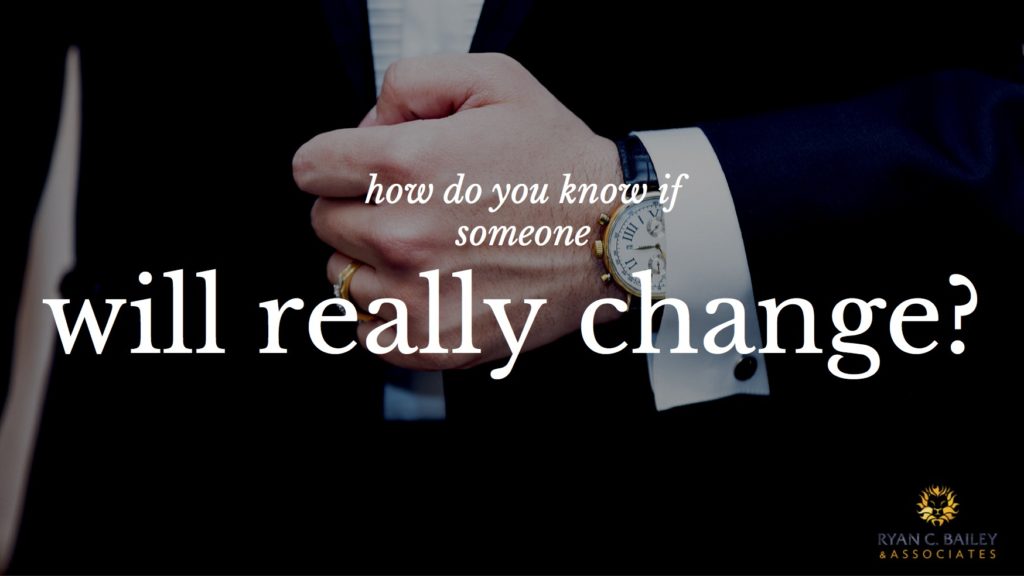 When I was younger, I trained to be a professional tennis player. I had a competitive drive back then, and it served me well. But as I became established in a helping profession, and being an ENFJ, I found myself working more towards harmony than competition. I allowed myself to get out of balance and worked an insane number of hours. I stopped tennis and most other forms of exercise, and gained a lot of weight.
When I was younger, I trained to be a professional tennis player. I had a competitive drive back then, and it served me well. But as I became established in a helping profession, and being an ENFJ, I found myself working more towards harmony than competition. I allowed myself to get out of balance and worked an insane number of hours. I stopped tennis and most other forms of exercise, and gained a lot of weight.
Now I’m committed to getting back in shape. I joined WeightWatchers, got a weight-loss coach, and got a Fitbit. I posted on FaceBook that I wanted accountability and competition, and I asked FaceBook friends to connect to me on Fitbit.
I’d barely gotten the post out when a friend invited me to compete on his WorkWeek Hustle Challenge.
I know I must be behind the times a bit, but I had no idea what that was.
So then I read that it was a competition to see who takes the most steps between Monday at 12:00am and Friday at 11:59pm. The winner is the one with the most steps.
Until I was invited to join the WorkWeek Challenge, I had no idea how much of a competitive spirit was still in me.
When the WorkWeek Hustle started, I pushed myself hard and spent the first two weeks physically sore. Like, so sore that my wife laughed when she heard how slowly I was walking down the stairs.
However, by the end of the second week, I could see that the number of steps I took had increased by a huge percentage over the first week. My friends encouraged me and even gave me some tips as to how to improve.
At the end of each week, we “Cheered” the winner of that WorkWeek Hustle.
That got me thinking.... Is there a way to create a similar type of healthy peer-to-peer competition in the business world? I believe that there is.
Here is what I learned from Fitbit WorkWeek Challenges and how it can apply to competition among peers who want the best for each other:
1. Healthy competition ends excuse making.
As implied above, when I was invited to compete, I felt an incredible drive to start. No hesitation, no resistance. I did not care about having to wake up a little earlier, and I found I could workout when I would otherwise be somewhat brain dead. Even going to the gym after a long day was suddenly doable. In other words, excuses went away.
How many times have we let excuses get in the way of what we know we need to accomplish?
What do you need to improve?
What if you got a small group of peers who were willing to compete with you in that area? Make sure it is an area that is tangible. For example, a tangible area could be a specific sales number or percentage, the number of calls made, number of minutes spent thinking and brainstorming, number of ways you can encourage team members to excel, etc. Also, make sure it is something that can be done in a short amount of time (a week or so). The idea is to push yourself, and one another, to really grow.
2. You can play to win even when you really like your competitors and want their good.
When I trained to be a professional tennis player, unless I was playing my tennis partner or someone from my team, I viewed my competitors as neutral “other” figures. I did not hate them, but neither did I really want their good. I just wanted to win.
When my doubles partner and I played matches against each other, it was different. Even during the match we would share how each other could improve. The result was that it would make the matches even better. We loved the challenge of beating each other at our best. It was exhilarating.
During the Fitbit challenges, some of my friends have given me tips on how to take more steps. It has been so encouraging and helpful.
Could you imagine what it would be like if your small competitive group wanted to make the improvements so badly that they pushed each other to improve and grow, even risking losing just to gain mastery in an area?
3. Increased fun.
It has been so much fun busting out a bunch of steps--only to see one of my Fitbit friends blow me out of the water. I can’t help but laugh and realize how much further I have to grow. What is even more fun is when I outdo them the next time :-)
The same could be true for you and your small group. Think of how much fun you will have as you each outdo each other.
4. Increased creativity.
When I first started these challenges, I was using strictly the elliptical. I love the elliptical, but then I discovered I can take more steps per minute on the treadmill, and now the elliptical is a weekend thing, or a short alternative when my left shin feels like it is going to explode.
Being a creature of habit, I never would have come to enjoy the treadmill the way I do, had it not been for the Fitbit WorkWeek Hustle Challenge.
Anticipate that you will get creative in order to beat your peers. Think of how much productivity that will bring to you.
5. Push myself above what I perceived was a limit.
I work long hours, having back-to-back sessions (face-to-face, Skype, FaceTime, or phone), so the thought of getting to 10k steps per day seemed like a fantasy.
Then I saw that most of my Fitbit friends were nailing their 10k steps, and I knew some of them worked long hours in back-to-back meetings as well. In fact, some of them were consistently over 15k steps per day.
So I looked for ways to increase it. Every little bit counted.
Then it happened. I passed 10k.
So I went for 15k steps per day. Nailed it the next day when I realized that if I pace during phone calls, it actually helps me to focus and coach better.
Then I wanted to see how far I can go.... I figured I could reach 18k if I went to the gym twice per day and went for a walk with my wife when I got home from work. I was completely wrong. I hit 21k steps in a day.
This would not have happened had I not seen Fitbit friends hit 18k-20k steps in a day.
So just think of how you will reach new limits through competing with your peers. It is incredibly encouraging when you see your peers reach limits that you did not think you would reach. And it is exhilarating when you blaze the trail by hitting the new limit first.
6. Chance to compete again next time.
With the WorkWeek Hustle lasting only 5 days, you have the chance to compete again next week. This is a great opportunity to see how you can refine and improve your strategy.
If you are competing against your peers, make sure that the time of each competition is short, to give you plenty of opportunities to refine and implement a new strategy for the next time.
7. Competitors can celebrate together.
What has also been encouraging is to have fellow competitors “Cheer” each other on. The winner of the week often gets showered with “Cheers.” Yet, as much as we can be happy for one another, there is naturally a deep desire to beat them next week.
How often do peers cheer you on when you accomplish something? How often do you cheer peers on? I am not talking the short bravos that may take place on a team call. I mean a heartfelt cheer.
Your small group of peers can do that for one another.
Developing a peer group to compete with will create a team of people who want one another’s best, who give each other tips to improve, who cheer one another on, and want to maximize their own abilities.
Chew On This:
- Who are the peers that you will ask to join your company WorkWeek challenge?
- What are the options for tangible areas in which you can compete?
Ryan C. Bailey is an Executive Coach who helps business leaders develop in-demand high performing teams.










